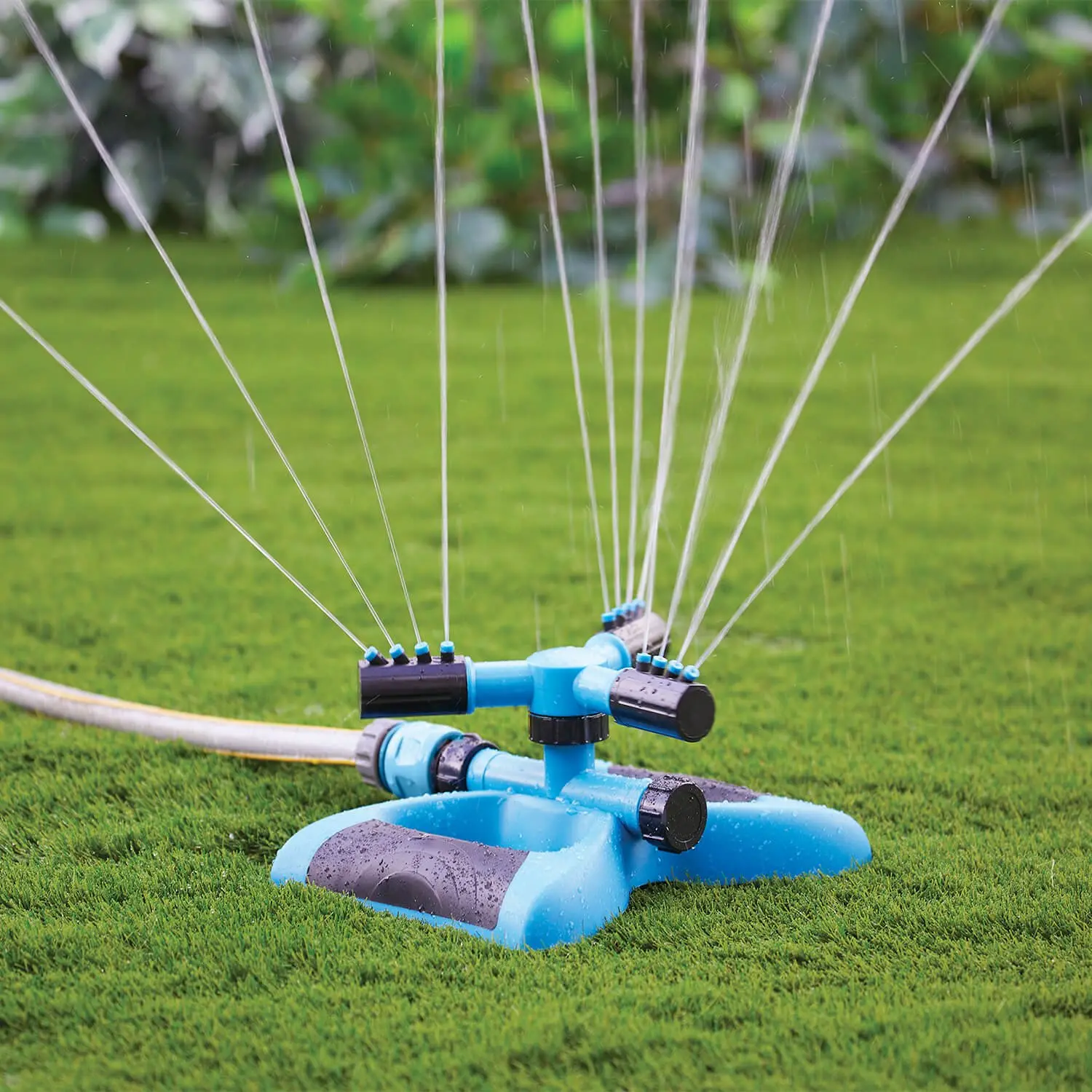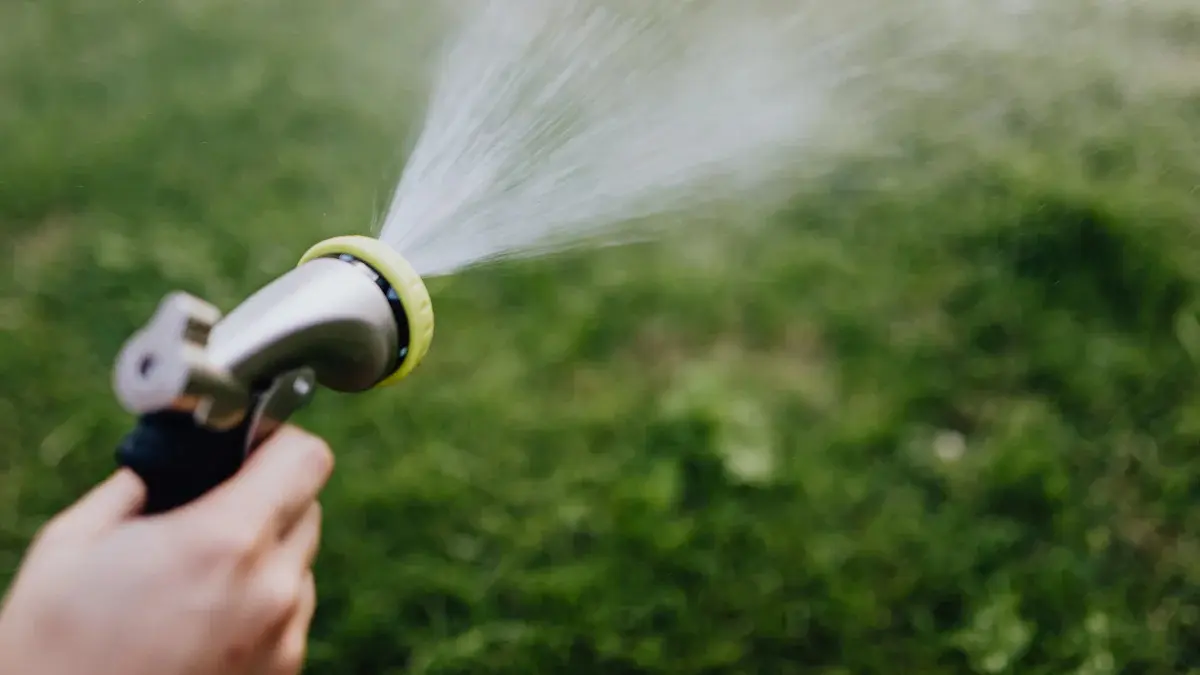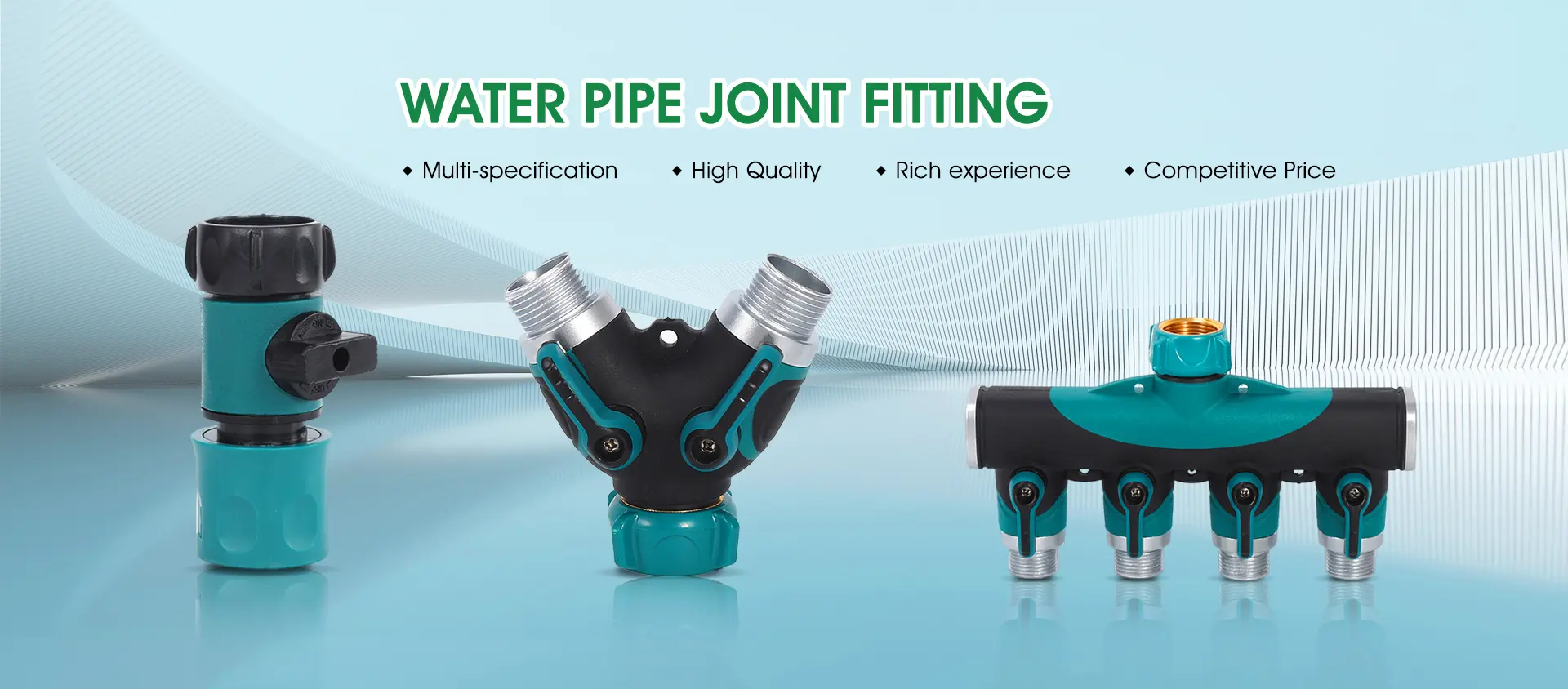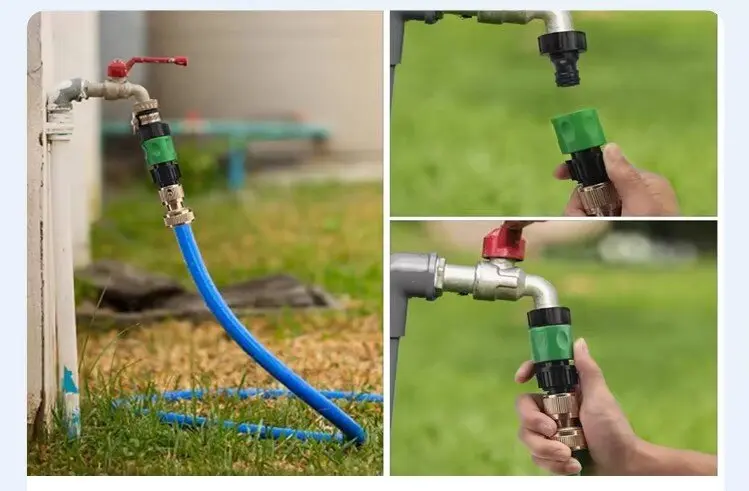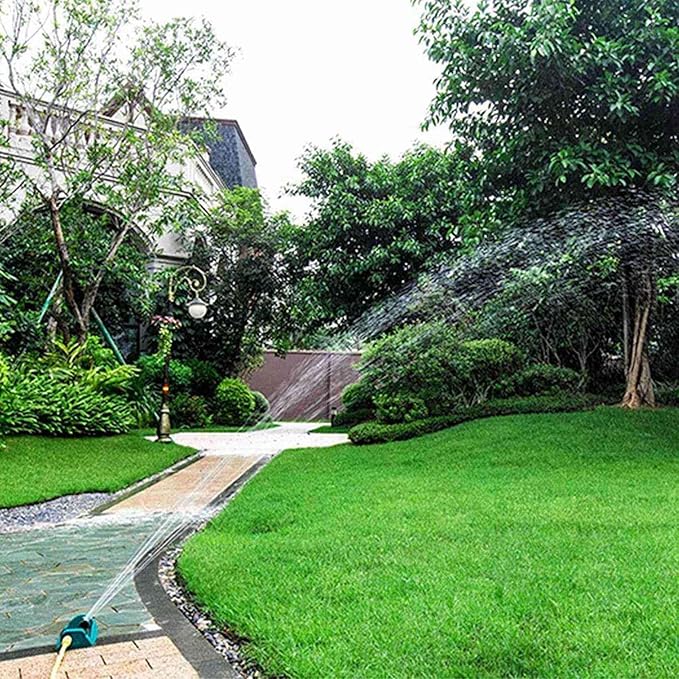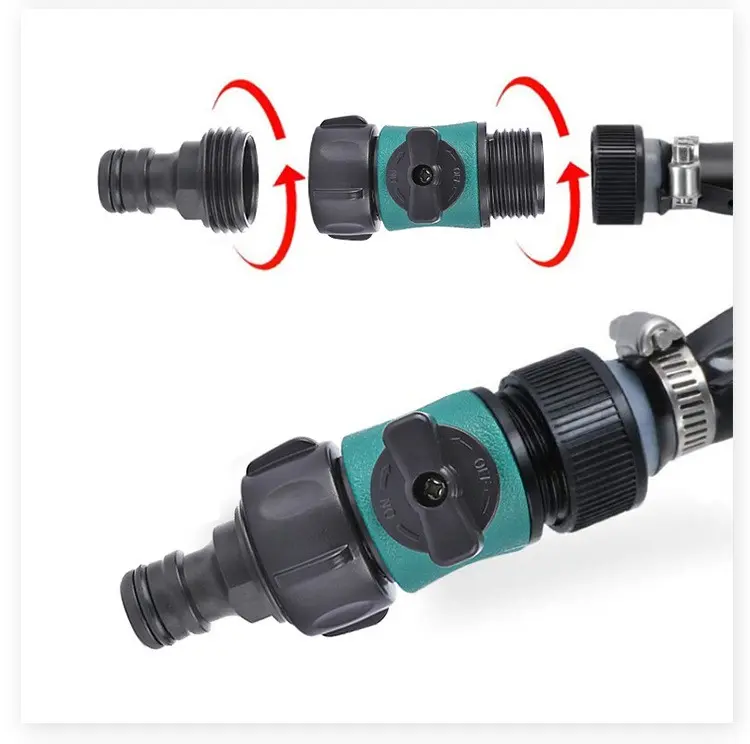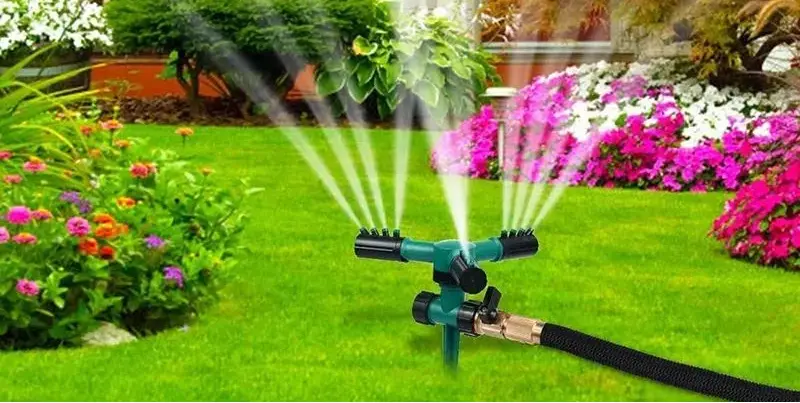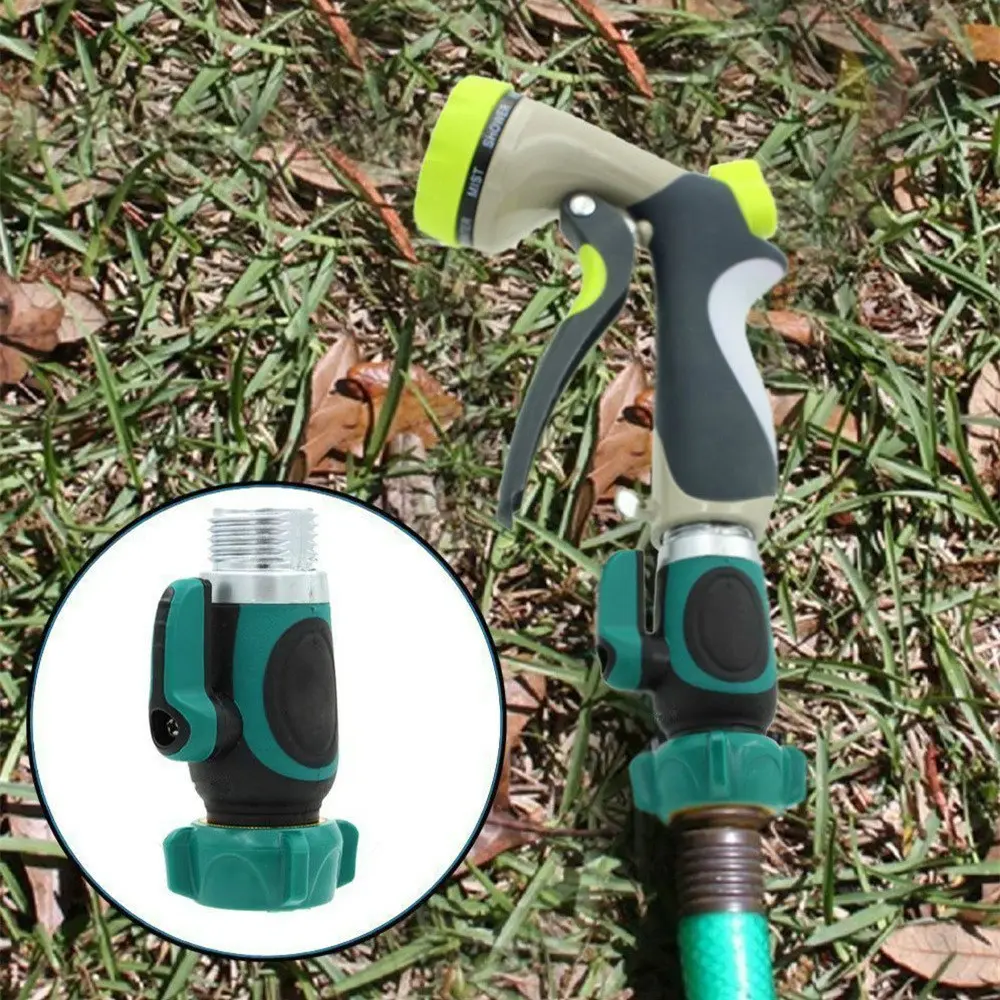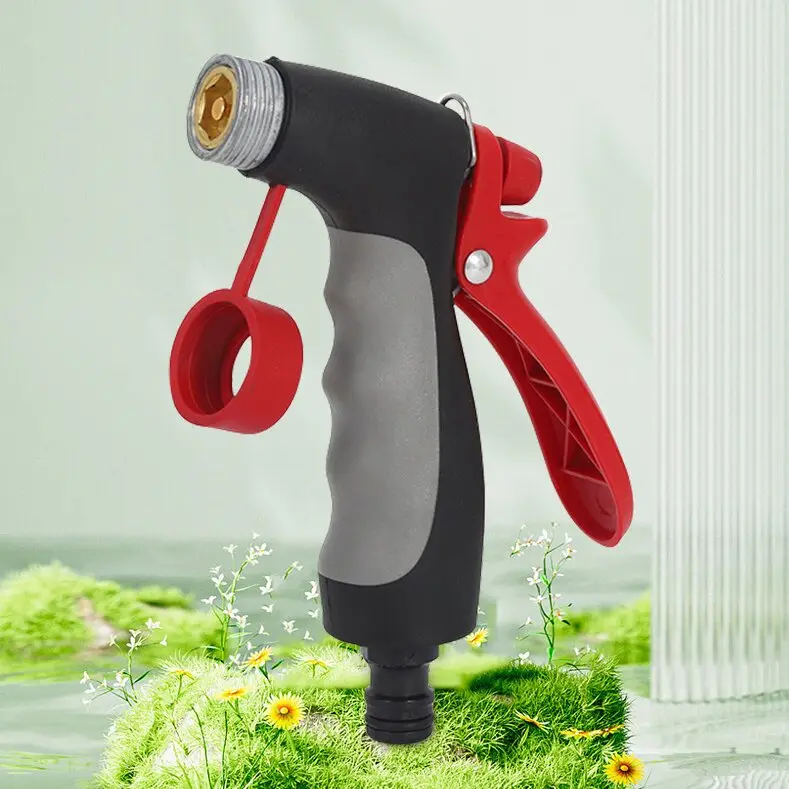Top Tips for Maintaining Your Garden Hose Nozzle
Top Tips for Maintaining Your Garden Hose Nozzle
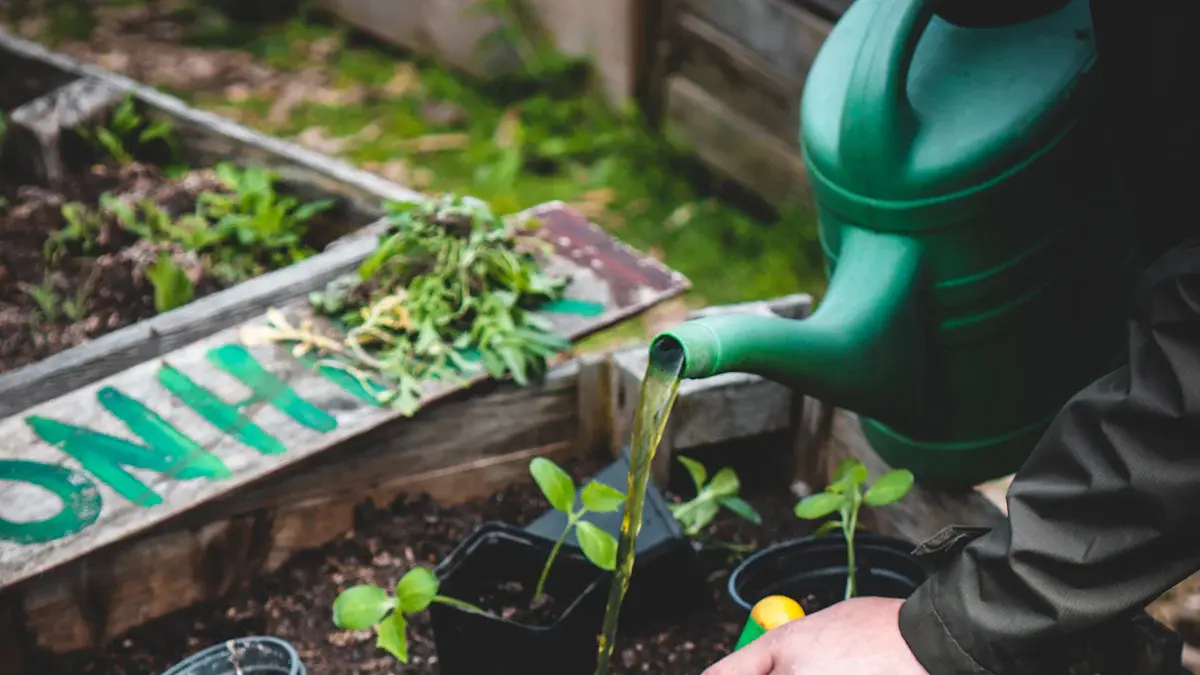
Maintaining your Garden Hose Nozzle is crucial for its longevity and optimal performance. Regular upkeep ensures that you avoid common issues like clogging, which can disrupt your gardening routine. A study by the Gardening Research Institute highlights that properly maintained hoses are less likely to experience nozzle blockages. By taking a few simple steps, you can keep your nozzle in top shape, ensuring smooth operation every time you water your plants. Remember, a little care goes a long way in preserving the efficiency and lifespan of your garden tools.
Regular Inspection of Your Garden Hose Nozzle
Regular inspection of your garden hose nozzle is essential to keep it in top condition. By checking for wear and tear, you can catch potential issues early and prevent them from becoming bigger problems.
Checking for Wear and Tear
When you inspect your garden hose nozzle, pay close attention to its alignment and spray pattern quality. Look for any signs of uneven distribution or inconsistencies in the flow rate. These could indicate that your nozzle needs some attention. Scratches, dents, or any form of corrosion might also suggest that it's time for a replacement. Regularly replacing worn-out parts can prevent the nozzle from getting stuck and ensure smooth operation.
Identifying Potential Issues
Identifying potential issues early can save you time and money. After each use, take a moment to check for any visible damage or unusual performance. If you notice increased water costs or poor results in your watering tasks, these might be signs of underlying problems. Make sure to address these issues promptly to maintain the efficiency of your garden hose nozzle. Regular maintenance, like cleaning and drying the nozzle, can help prevent these problems from worsening.
By staying vigilant and performing regular inspections, you can extend the life of your garden hose nozzle and enjoy hassle-free gardening.
Thorough Cleaning of Your Garden Hose Nozzle
Keeping your garden hose nozzle clean is essential for maintaining its performance and longevity. Dirt, minerals, and other debris can accumulate over time, leading to blockages and reduced water flow. By following a few simple steps, you can ensure your nozzle remains in top condition.
Cleaning the Exterior
Start by focusing on the exterior of your garden hose nozzle. Regularly wipe down the outside with a damp cloth to remove dirt and grime. For stubborn stains or mineral deposits, use a mild detergent or a vinegar solution. Simply soak a cloth in the solution and gently scrub the affected areas. This method helps dissolve any buildup without damaging the nozzle's surface.
Pro Tip: Avoid using abrasive materials that could scratch the nozzle. A soft-bristled brush can be effective for reaching crevices and tight spots.
Cleaning the Interior
The interior of the nozzle is where blockages often occur. To clean it thoroughly, disconnect the nozzle from the hose. Rinse it under running water to flush out loose debris. For a deeper clean, soak the nozzle in a mixture of water and vinegar for about 30 minutes. This solution helps dissolve mineral deposits and salts, as highlighted in a study on Cleaning Tips for Garden Hose Nozzles.
After soaking, use a small brush or a toothpick to gently dislodge any remaining particles. Rinse the nozzle again to ensure all residues are removed. Regular cleaning of the interior will keep your garden hose nozzle functioning smoothly and prevent clogs.
By incorporating these cleaning practices into your routine, you can extend the life of your garden hose nozzle and enjoy uninterrupted gardening sessions.
Proper Lubrication for Your Garden Hose Nozzle
Keeping your garden hose nozzle well-lubricated is key to ensuring its smooth operation and longevity. Lubrication helps prevent the nozzle from getting stuck and reduces wear on moving parts. Let's dive into why lubrication is important and how you can do it effectively.
Importance of Lubrication
Lubrication plays a crucial role in maintaining the functionality of your garden hose nozzle. Without it, the internal components can dry out, leading to stiffness or even damage. According to experts in lubrication techniques, regularly cleaning and lubricating your hose nozzle can significantly reduce the chances of it getting stuck. This simple routine can prevent build-up and corrosion, ensuring your nozzle operates smoothly every time you use it.
Expert Insight: "After you’ve cleaned and dried the nozzle, it’s time to reapply any required lubricant to it. Depending on the nozzle type, you might have to do this step, but many brands use special lubrication to ensure that no blockages occur."
How to Lubricate
Lubricating your garden hose nozzle is a straightforward process. Here's a step-by-step guide to help you:
-
Clean and Dry: Before applying any lubricant, make sure your nozzle is clean and dry. This prevents dirt and debris from mixing with the lubricant, which could cause blockages.
-
Choose the Right Lubricant: Refer to your owner's manual to find out what type of lubricant is recommended for your specific nozzle. Using the correct lubricant ensures compatibility and effectiveness.
-
Apply the Lubricant: Once you've selected the right product, apply a small amount to the moving parts of the nozzle. Focus on areas like the trigger and any joints or seals. If your Spray Nozzle trigger becomes floppy or loses resistance, lubricating the internal o-rings can restore proper function.
-
Test the Nozzle: After applying the lubricant, test the nozzle to ensure it moves freely and operates smoothly. This step confirms that the lubrication has been applied correctly.
By incorporating these lubrication practices into your maintenance routine, you can extend the life of your garden hose nozzle and enjoy hassle-free gardening.
Effective Storage of Your Garden Hose Nozzle
Storing your garden hose nozzle properly can significantly extend its lifespan and maintain its performance. Let's explore some effective storage tips to keep your nozzle in top condition.
Storing During Off-Season
During the off-season, it's crucial to store your garden hose nozzle correctly to prevent damage. Start by disconnecting the nozzle from the hose. This simple step can prevent any residual water from freezing inside the nozzle, which could cause cracks or other damage.
Next, drain any excess water from the hose and nozzle. Water left inside can freeze and expand, leading to potential damage. Once drained, store the nozzle in a cool, dry place. An indoor location, like a garage or shed, is ideal. This protects the nozzle from harsh weather conditions and prevents freezing.
Personal Experience: "I once left my nozzle attached to the hose all winter. When spring came, I found it cracked and unusable. Now, I always store it indoors during the off-season."
Daily Storage Tips
Daily storage practices also play a vital role in maintaining your garden hose nozzle. After each use, make sure to remove the nozzle from the hose. This prevents unnecessary strain on the connection and reduces the risk of leaks.
Store the nozzle in a shaded area to protect it from direct sunlight. Prolonged exposure to the sun can cause the material to degrade over time. Consider using a storage pot with a lid to keep the nozzle safe from dust and debris.
Pro Tip: "Always coil your hose neatly and store it in a dry place. This simple habit can prevent kinks and prolong the life of both the hose and the nozzle."
By following these storage tips, you can ensure that your garden hose nozzle remains in excellent condition, ready for use whenever you need it.
Troubleshooting Common Issues with Your Garden Hose Nozzle
Even with regular maintenance, you might encounter some common issues with your garden hose nozzle. Don't worry! You can easily troubleshoot these problems and get back to enjoying your gardening tasks.
Addressing Clogging
Clogging is a frequent issue that can disrupt the water flow in your garden hose nozzle. To tackle this, start by detaching the nozzle from the hose. This allows you to inspect it closely. Look for any visible debris or mineral deposits that might be blocking the water flow.
-
Rinse Thoroughly: Run water through the nozzle to flush out loose particles. This simple step often clears minor blockages.
-
Soak in Vinegar: If the clog persists, soak the nozzle in a vinegar solution for about 30 minutes. Vinegar helps dissolve stubborn mineral deposits.
-
Use a Brush: After soaking, use a small brush or toothpick to gently remove any remaining debris. Be careful not to damage the nozzle's internal components.
Tip: Regular cleaning can prevent clogs from forming in the first place. Make it a habit to rinse your nozzle after each use.
Fixing Leaks
Leaks can occur at the connection between the hose and the nozzle, leading to water wastage and reduced pressure. Here's how you can fix them:
-
Check the Washer: Inspect the rubber washer inside the nozzle. A worn-out washer often causes leaks. Replace it if necessary.
-
Tighten Connections: Ensure that the nozzle is securely attached to the hose. Loose connections can lead to leaks. Use pliers if needed, but avoid overtightening.
-
Inspect for Cracks: Examine the nozzle for any cracks or damage. If you find any, consider replacing the nozzle to prevent further leaks.
Pro Tip: Avoid using the nozzle as a handle to move the hose. This can strain the connection and cause leaks over time.
By addressing these common issues promptly, you can maintain the efficiency of your garden hose nozzle and enjoy a seamless gardening experience.
Maintaining your garden hose nozzle doesn't have to be a chore. By regularly inspecting, cleaning, lubricating, and storing it properly, you ensure its longevity and optimal performance. These simple steps can prevent common issues like leaks and clogs, saving you time and frustration. One user shared how their nozzle lasted over a year with frequent use, thanks to diligent care. So, make maintenance a part of your routine. Your garden will thank you! Feel free to share your own tips or experiences in the comments below. We'd love to hear from you!
See Also
Tips for Keeping Your Sprinkler System in Top Shape
The Ultimate Watering Gun for Effortless Gardening Fun
Creating an Easy DIY Garden Sprinkler at Home




